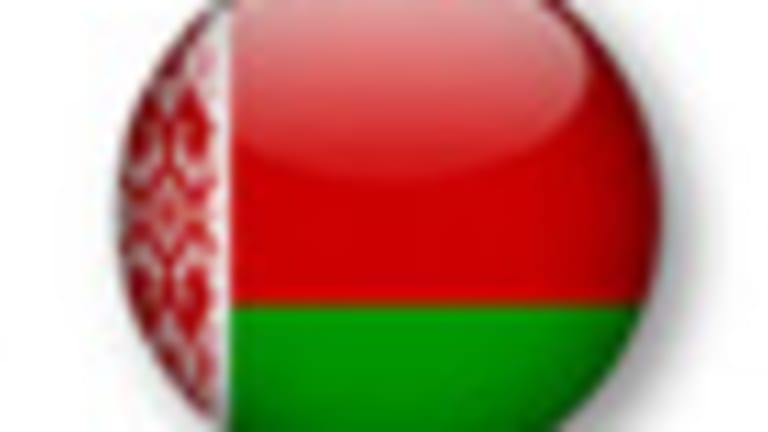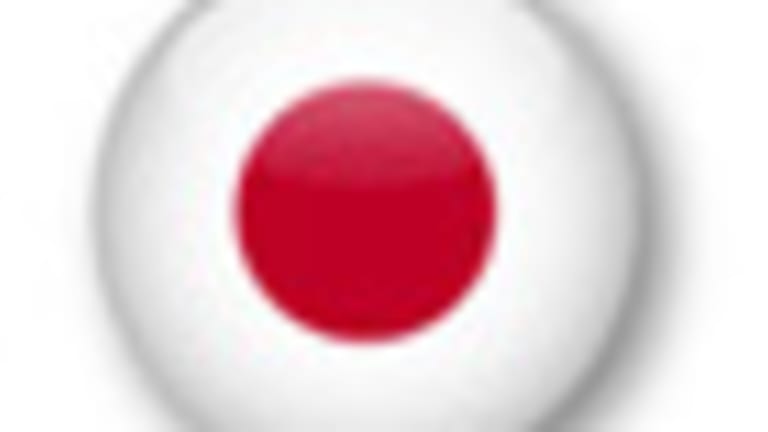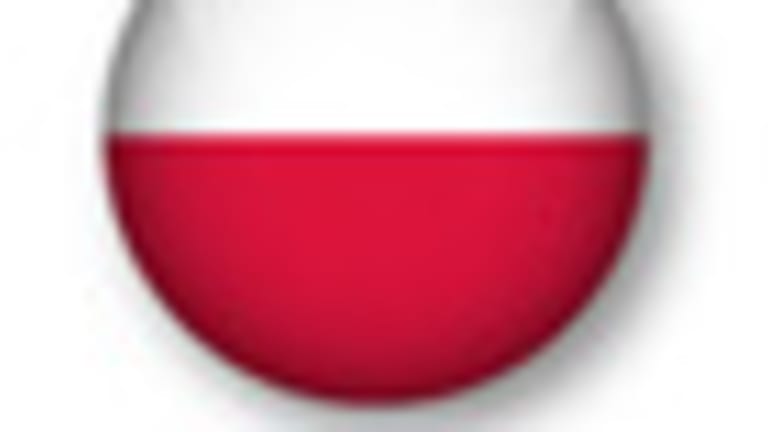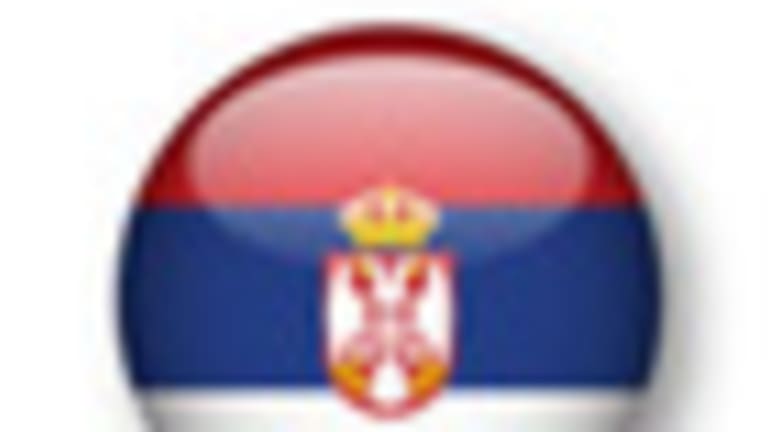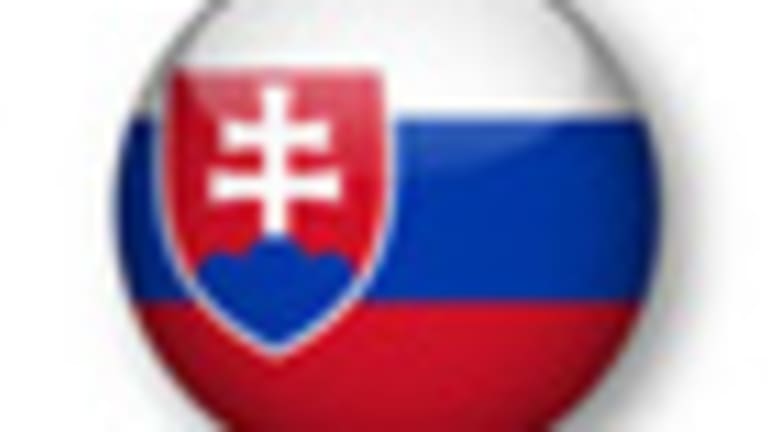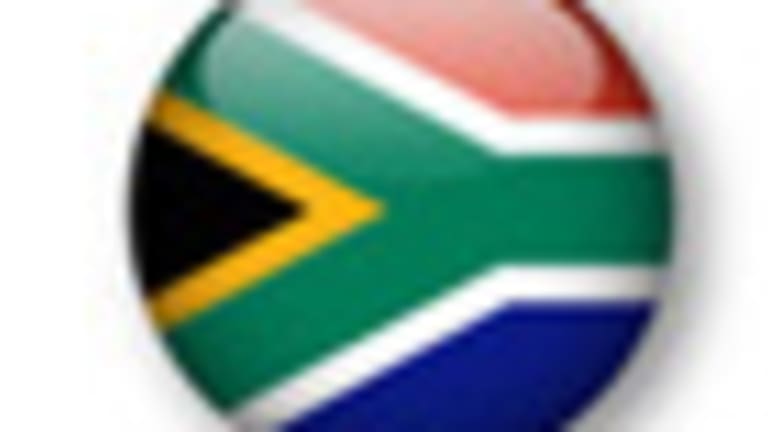Yesterday, we looked at the way the “rising tide lifts all boats” principle has affected—or failed to influence—the fortunes of nations lucky enough to have had a blue-chip male champion(s) jump start or rekindle interest in tennis. More specifically, we were interested to see if those impact players triggered a surge of talent into the ATP ranks.
Today, we’ll look at the nations through the WTA lens. Keep in mind that this isn’t a nation-by-nation survey, and some nations with a few players in the Top 100 may not make this cut because, well, the players simply aren’t ranked highly enough, and there’s not a whole lot to be said about the tradition of tennis in that particular nation.
So without further ado:


